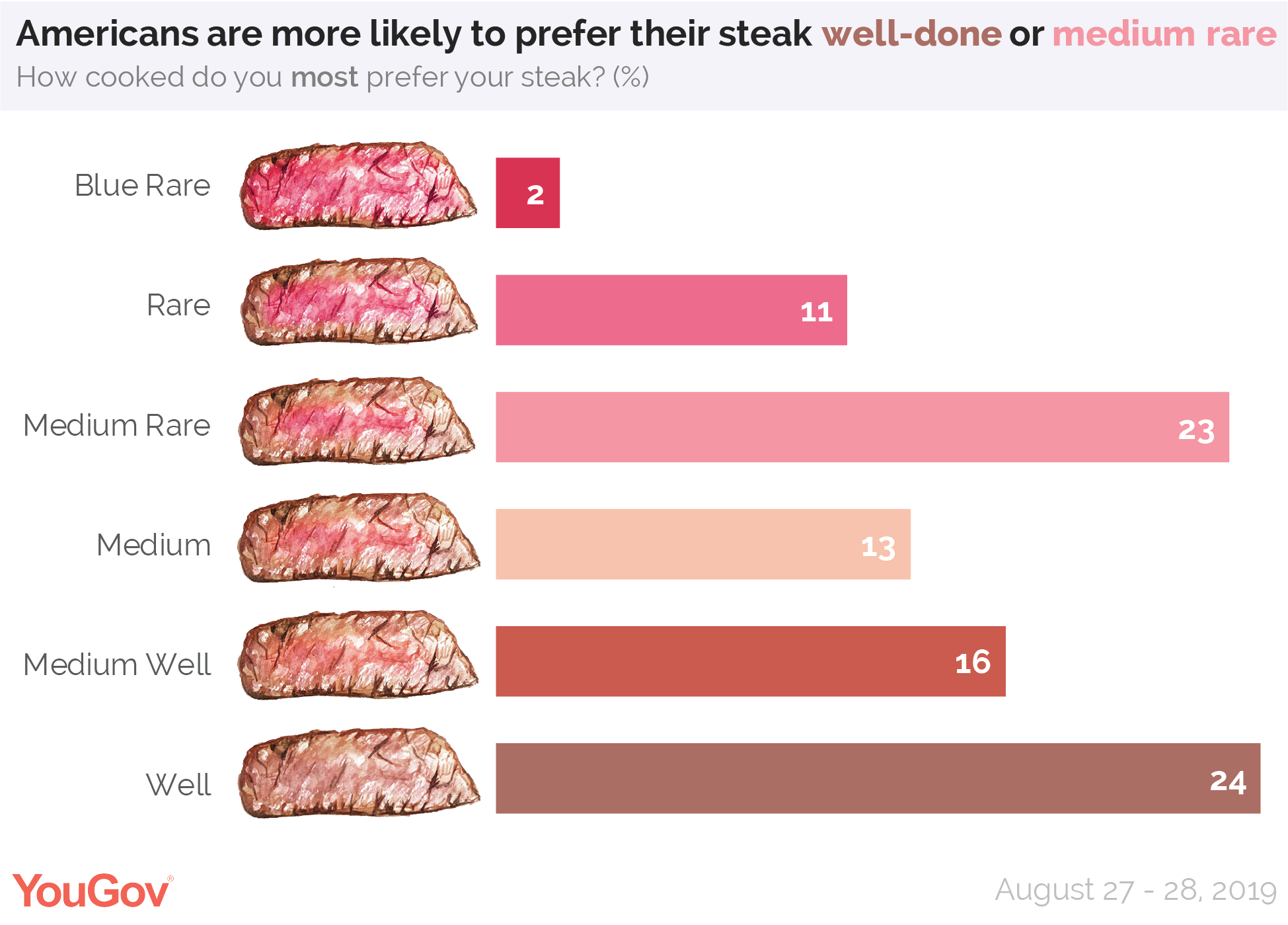

You should always rest your burgers for a few minutes after cooking. Well-done: Fully browned and firm, 160-165☏ internal temperature.Add your butter to your pan, setting the heat to high. Medium-well: Brown with a pink hint, quite firm, 150-155☏ internal temperature. Create four burger patties, creating a thumb print in the center.Place your cast iron skillet (or an equally heavy-bottomed skillet) on the stovetop. Get out a really large kitchen bowl, too. Medium: Pale pink center, firmer texture, 140-145☏ internal temperature. Line a baking sheet with wax paper, and set aside.You might find yourself tempted to pick up a frozen package of burgers at the store to pull it off. Grilled burgers are the perfect food for a quick-and-easy weeknight dinner with the familyand the perfect addition to any backyard barbecue. Medium-rare: Pink center, firmer yet tender, 130-135☏ internal temperature. 0 seconds of 3 minutes, 3 secondsVolume 0 00:00.for medium rare burgers, sear on the opposite side for approximately 3 minutes. Add burger patties into pan, searing on the first side for four minutes before turning. Rare: Cool red center, soft/spongy feel, 120-125☏ internal temperature. Create four burger patties, creating a thumb print in the center.This is obviously not as reliable as using a meat thermometer, but there's what to look for: Now, some folks love to claim that they can tell a burger's doneness just be touch and feel. Just insert the thermometer into the thickest part of the burger-making sure to avoid making contact with your grill on cast iron pan-and you should get an accurate reading in a few seconds. The Meat ThermometerĪ meat thermometer is the most accurate, and the fastest, way to check your burger temp. Other things to leave behind: egg, bread crumbs, cumin, garlic powder, taco seasoning, etc.The best-and really, only reliable-method for checking burger temperature is with a meat thermometer. When you're working with high-quality meat, sautéed onions mixed into the patties just aren't necessary-and that goes double for raw onions. When cooking burgers to a desired doneness of medium well or well done, juices from the meat should run clear (not red).
#Hamburger well done time how to#
How to season burgersĪ big burger deserves big flavor, but that doesn't mean you need to go bananas with the seasoning. Work quickly but gently, and don’t compress the patty too much: The enemy of any burger is overworked meat. There’s no need to press the meat together the patties will hold their shape.

Being careful not to overwork the meat, shape the patties into 1-in.-thick disks.

Then, divide the beef into 4 even portions. Add your beef to a large bowl and gently break up the meat with your hands. Before hitting the skillet, salt and pepper both sides of the burgers generously. For this demonstration, each burger patty weighs about 8 ounces, patted out to about 3/4-to-an-inch thick, which makes for a nice big-sized hamburger. Make a small dimple in the center of the patty-this indentation will prevent your burger from puffing up like a balloon, ensuring an even and picturesque patty. In truth, a burger can take anywhere from just a couple minutes to 10 or even 15 minutes total to fully cook. Step 1: Shape the Patties To start, preheat your oven to 350F. The Best Way to Cook a Hamburger in a Skillet. The burgers will shrink slightly as they cook, so you want the raw patties to skew a little larger than the buns onto which they’ll eventually land. When forming a burger for the grill, aim for a ¾" to 1" thickness and a 3" to 4" diameter. Otherwise, the rules below should apply to these as with any beef burger. Medium-rare is not a good look on a chicken or fish burger. Note that the poultry or seafood patties should be cooked through completely. Not grilling beef patties? The alternatives are endless: chicken burgers, turkey burgers, even salmon burgers! Opt for dark meat poultry, fatty fish, or ground pork or lamb shoulder (or black beans and quinoa if it’s a veggie burger you’re after).


 0 kommentar(er)
0 kommentar(er)
